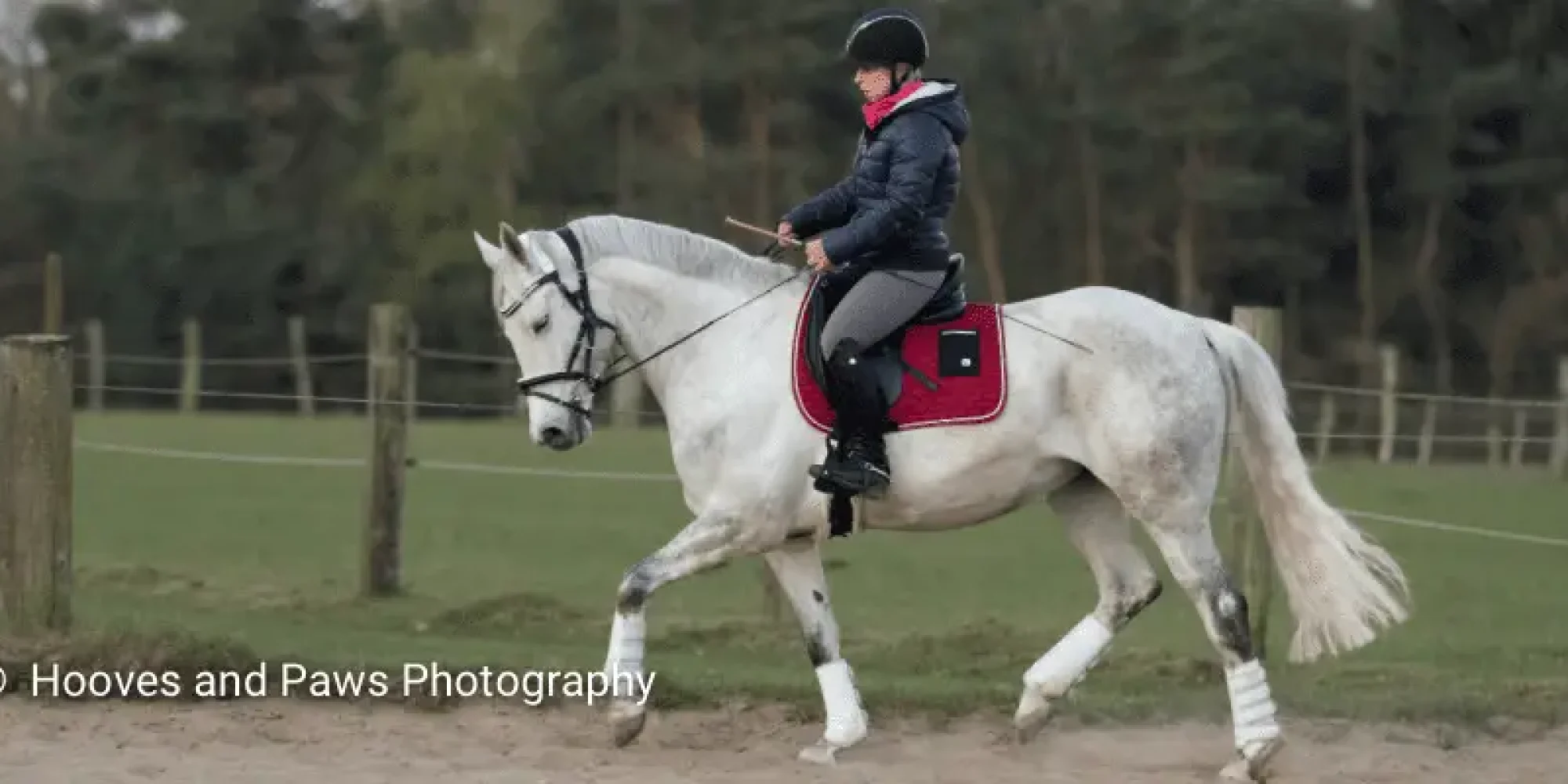
Fit for the horse!
These exercises will help you get fit in the saddle in the future
What you need to know about fitness for riding:
Loosening the shoulder area for riders
This exercise helps you to loosen up your shoulders and make them more flexible. After performing this exercise, you will certainly notice that you are working with a finer hand in the saddle and are also sitting much more upright in the saddle.
All you need for this exercise is a handle – a broom or pitchfork will suffice.
Place your feet about shoulder-width apart and grasp the crossbar from above with your hands. Your hands should be quite wide apart. Führe den Besen über deinen Kopf den Rücken runter, und dann wieder über den Kopf nach vorn. Repeat this exercise several times in a comfortable yet fluid movement. You can also do this exercise with a whip just before riding!
Mobilize joints as a rider
With this simple stretching exercise you can prepare your ankles, knees and hips for riding. All you need for this exercise is a good surface – a sleeping mat or even a horse blanket on the floor will suffice.
Start this exercise on all fours. In a fluid movement, bring one leg forward and place it on the blanket so that your foot is in front of your knee. Then slide your other knee back slightly and push your hips down. As soon as you feel a stretch, you can hold this exercise – preferably for at least one minute. During this time, you should push your hips down as far as possible. If this is too easy for you, you can push your foot further and further forward to create a kind of splits.
Loosen your legs before riding
With this simple exercise you can stretch your legs well! All you need for this exercise is your horse’s stall door.
Simply hold on to your pit door with one hand and swing your right leg forward as far as you can! Then switch to your left leg. You can repeat this simple exercise several times to loosen up your legs and prepare them for riding.
The down-looking dog
This simple yoga exercise helps you to stretch your entire posterior musculature. This allows you to keep your heels low in the saddle and bounce downwards in one movement with a long leg. You need a good surface, again an insulating mat or your horse blanket will do.
In a push-up, press your hands firmly into the floor and push your buttocks backwards and upwards. Then push your heels down-back and try to bring them towards the floor. If the stretch in your legs feels uncomfortable, simply bend your knees. Make sure that your shoulders are relaxed during this exercise. Keep your neck relaxed and look between your feet. In yoga, this exercise is held for approx. 5-10 breaths. You are welcome to repeat this exercise several times.
Stretch leg in supine position
This exercise trains your abdominal muscles and your transversus! You need a good surface for this – we recommend an insulating mat.
Lie on your iso-mat on your back and lift both legs off the floor. Make sure that your legs form a right angle with your knee in the air. Tighten your abdomen and hold this tension throughout the exercise. Stretch one leg forwards and downwards in a slow movement and then bring it back again. Your heel does not necessarily have to be on the floor – stretch your leg as far as it feels comfortable. You only stretch your leg as far as you can hold the tension on the mat. Switch legs during this exercise and repeat it about 3 times.
Exercise for a better turning seat
Your turning seat is one of the most important aids when it comes to riding curved lines and lateral movements. Your shoulders follow your horse’s shoulders and your hips align with the horse’s hips. Your shoulders in particular instinctively align with your hips, which means that you sit against the horse’s movement.
You can practise turning your shoulders and hips in opposite directions on a chair in the stable. Stretch your arms out to the side at shoulder height and turn your upper body from right to left and from left to right with your arms outstretched. Then follow the arm pointing backwards with your head and follow the arm forwards and back again. After a few repetitions you can switch to the other arm. You can also follow the arm that goes over the front shoulder with your head.
"Heels low!"
The request “heels low!” is probably one of the most frequently used instructions in riding lessons. You can counteract your raised neck with these exercises. The effects of these exercises will quickly become apparent on the horse, because a stretched calf allows your foot to be more relaxed in the stirrup and also lengthens your leg so that your heel does not come up.
Exercise 1: Standing straight, bend one leg backwards and pull your heel towards your buttocks with your hand. Your pelvis should be tilted slightly backwards during this exercise. First stretch the leg slightly for 30 seconds, then increase the stretch with each breath for a further 30 seconds. You can then switch legs and repeat this exercise approx. 3 times.
Exercise 2: Stand in front of a wall and support yourself against it with your hands while you move one leg back until your heel just touches the floor. Your front leg should bend slightly forward. Then push your pelvis forward until you feel a slight pressure or pull in the calf of the back leg. Hold this position for approx. 30 seconds and try to go further and further into the stretch of the back leg. Um die Spannung im Bein zu verstärken, schiebst du am besten dein Becken langsam nach vorne. After 30 seconds you can change your leg. You can repeat this exercise 3 times.
Exercise against jamming in the saddle
Clamping thighs when riding often impair the smooth swinging of your pelvis. If you tend to get stuck, this simple exercise will help you: swing in the stand with your leg from the inside of your hip to the outside and make sure that your knee is slightly bent and your foot is in a stirrup position. Your foot should always point forwards. If you need stabilization, feel free to hold on to your stall door or a chair. After approx. 15 repetitions you can change legs.
A straighter seat due to loose shoulders?
If you sit a lot, you quickly get used to a hunched back. Not only does this posture not look particularly attractive, it is also harmful to the back and not exactly helpful on the horse, because a slumped stature of the rider hinders both breathing while riding and the abdominal muscles.
Elbow circles are a simple exercise to loosen up the often tense shoulder area. Your fingertips from your left hand should touch your left shoulder, and your right fingertips should touch your right shoulder. Now let your elbows circle. You are welcome to repeat this exercise up to 20 times.
You can do this second exercise standing or sitting. It helps you to separate shoulder and arm movements. Let your arms hang loosely at your side and make a circle from top to back with one shoulder. If your shoulders are back, you should consciously relax your shoulder blade and neck muscles. Then it’s the other shoulder’s turn. You can repeat this exercise up to 20 times on each side.
Agility x Happie Horse App
If you not only want to improve your agility, but also that of your horse, you will find great exercises in the Happie Horse App. You can test the Premium version of the app for 7 days after downloading it!

